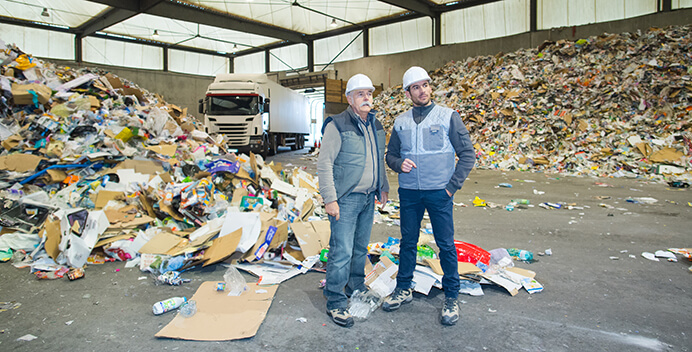
Building a resilient labor force in the waste and recycling industry
Industry expertise Building a resilient labor force in the waste and recycling industry
Learn about the groundbreaking impact that AI can have on the way you do business
Article
07/02/2024
Building a resilient labor force in the waste and recycling industry
Labor scarcity is an ongoing issue for waste and recycling businesses. Strategies designed to attract and retain talent can provide the relief you need.

M&A keeps business transition top of mind for owners in waste management
Industry expertise M&A keeps business transition top of mind for owners in waste management
Waste and recycling companies are attracting offers, making it vital for owners to understand the best options for the business and for themselves.
Article
04/15/2024
M&A keeps business transition top of mind for owners in waste management
Waste and recycling companies are attracting offers, making it vital for owners to understand the best options for the business and for themselves.

Protecting Short-term Liquidity From Economic Uncertainty | Truist
Industry expertiseProtecting short-term liquidity from economic uncertainty
Recycling companies look to investment strategies to maximize value..
Article
12/15/2023
Protecting Short-term Liquidity From Economic Uncertainty | Truist
Demand for scrap metal has many metal recyclers looking for the best approach to manage cash and protect their assets in an uncertain market.

